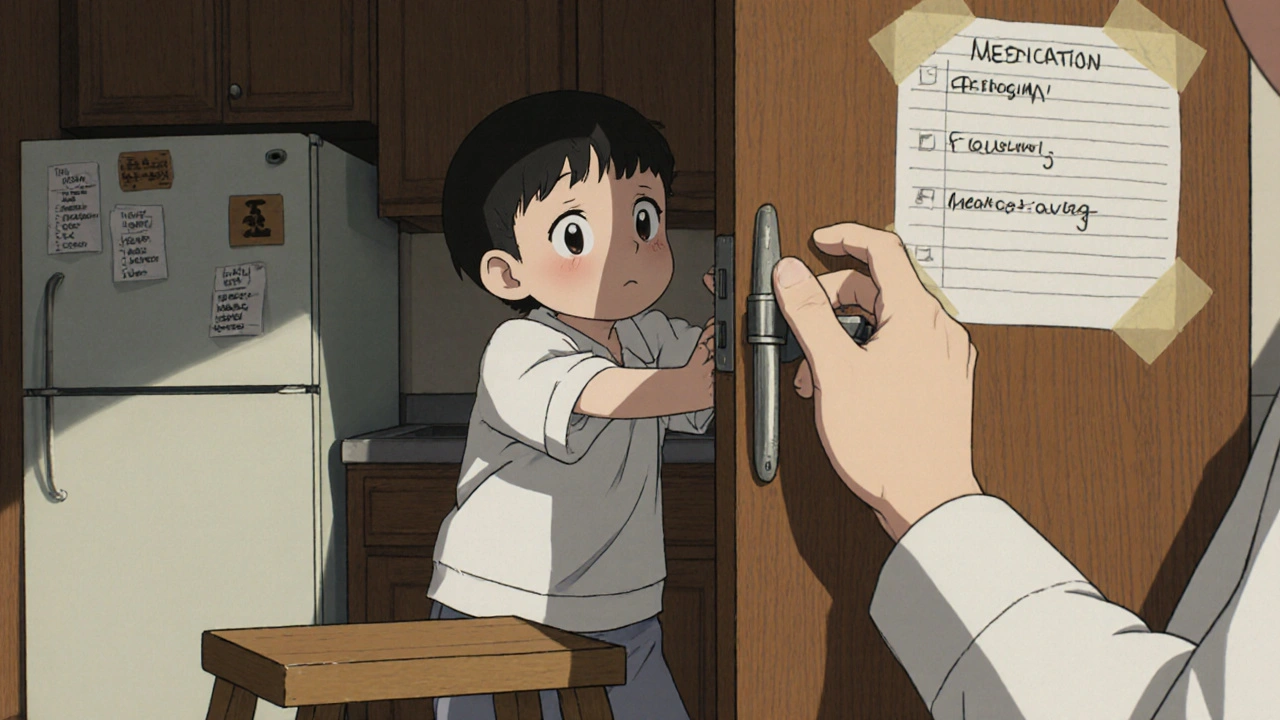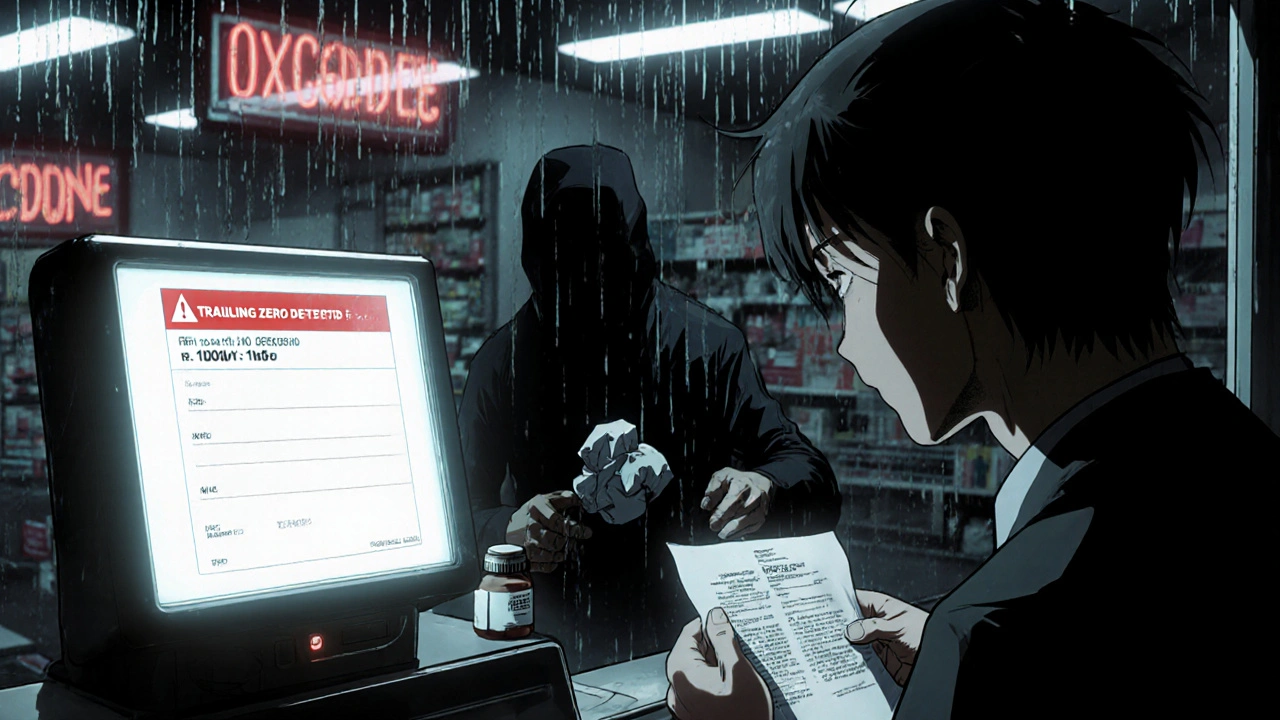Learn how to create a safe medication routine at home to prevent accidental poisonings in kids and errors in seniors. Discover simple steps for storage, dosing, tracking, and emergency prep.
Medication Safety: Protect Yourself from Dangerous Interactions and Errors
When you take a pill, you expect it to help—not hurt. But medication safety, the practice of using drugs correctly to avoid harm. Also known as drug safety, it’s not just about following the label. It’s about understanding what your medicine does to your body, how it reacts with other drugs, and when to speak up. Every year, hundreds of thousands of people end up in the hospital because of simple mistakes: giving a child too much liquid medicine, mixing OTC painkillers with blood pressure pills, or ignoring warning signs because they didn’t know what to look for.
One of the biggest threats to medication safety, the practice of using drugs correctly to avoid harm. Also known as drug safety, it’s not just about following the label. It’s about understanding what your medicine does to your body, how it reacts with other drugs, and when to speak up. is drug interactions, when two or more medicines react in ways that change their effects. Also known as medication interactions, it’s what happens when a common painkiller cancels out your blood pressure drug—or worse, causes a dangerous spike in heart rhythm. Take lopinavir/ritonavir, used for HIV. It boosts drug levels by blocking liver enzymes, but that same trick can turn a harmless medication into a poison. Or consider how OTC switches—like moving acid reflux drugs from prescription to shelf—sound convenient until someone mixes them with blood thinners and ends up in the ER. These aren’t rare cases. They’re predictable.
And it’s not just adults. pediatric dosing, the precise measurement of liquid medicine for children. Also known as children’s medication dosing, it’s one of the most common sources of hospital visits for kids. A teaspoon isn’t a tablespoon. A syringe isn’t a kitchen spoon. Yet parents still guess. One wrong drop can mean too much, too fast. That’s why knowing how to use a dosing syringe isn’t optional—it’s life-saving.
Then there’s the silence. If you get a strange rash, a sudden dizzy spell, or nausea that won’t go away, you might shrug it off. But reporting it to the FDA MedWatch, the official system for reporting dangerous side effects from medicines. Also known as adverse drug reaction reporting, it’s how patients help fix broken safety systems. Your report could stop a drug from hurting someone else. It’s not just paperwork—it’s a shield for others.
Medication safety isn’t about fear. It’s about awareness. It’s knowing that your OTC allergy pill might make your glaucoma drops less effective. That a cholesterol medicine you’ve taken for years could cause constipation. That a generic version of your brand drug might be identical—but only if it’s authorized. The posts below cover every real-world scenario where things go wrong, and how to make sure they don’t happen to you. From kids’ liquid medicine to HIV drug combos, from reporting side effects to choosing safe online pharmacies—you’ll find exactly what you need to take control.
A brown bag medication review helps prevent dangerous drug interactions by having patients bring all their pills, supplements, and OTC meds to a provider for a full checkup. Learn how to prepare and why it’s essential for seniors on multiple medications.
Learn how to safely transfer prescriptions while maintaining label accuracy under 2025 DEA and FDA rules. Avoid deadly dosing errors with proper electronic transfers, labeling standards, and patient responsibilities.



